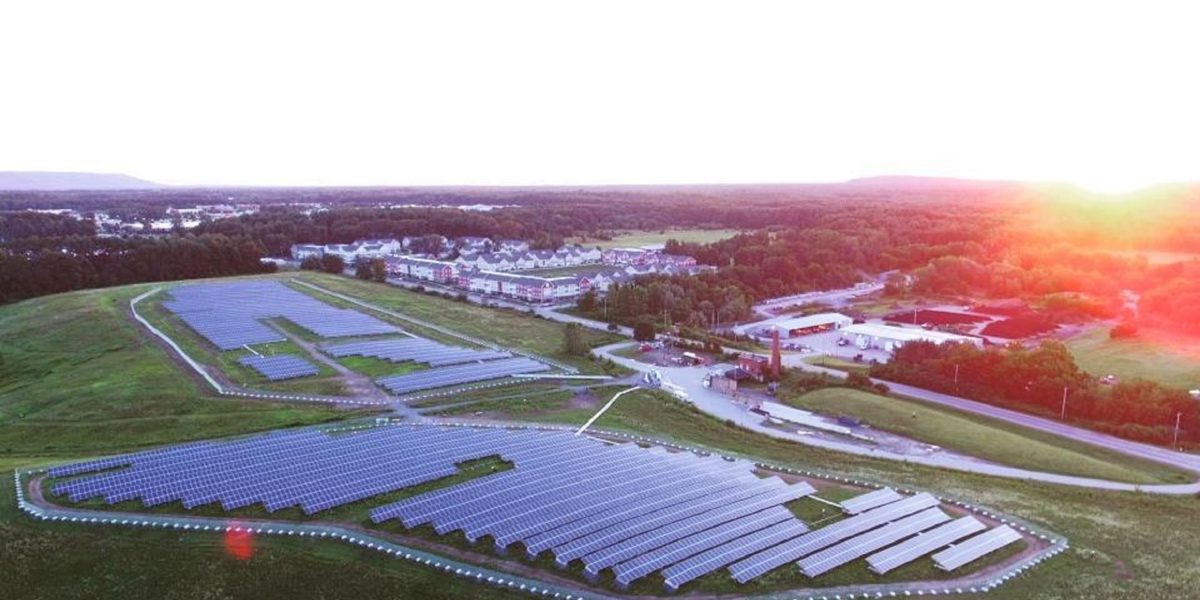There are many layers of risk mitigation in the solar industry. Solar modules have hardware and production warranties (with 50-year lifetimes being sought by some), inverters have their own 10-25 year guarantees, batteries are getting bankability insurance, contractors provide warranties for their workmanship, sometimes even guarantee project delivery windows with liquidated damages clauses, and the O&M people keep the machines running.
You can also spend money to make your money go further; kWh Analytics offers a Solar Put to protect revenue generation.
In a blog post, GCube is suggesting we consider a few other variables in our utility-scale planning matrix – component vulnerability, defective designs, changing OEM warranties, and extreme weather damage – as they’ve seen an increase in the frequency and severity of insurance claims in the U.S. renewable energy market over the last five years. With that, the company says insurers and asset owners must reset their baseline loss expectancies.
The company says wildfires, hurricanes and tornadoes are occurring out of season, and rose to 15% of all claims in 2018.
Per Jatin Sharma, President of GCube Insurance:
Increased price competition and a rush to acquire developer pipelines mean that some areas of the industry pose a much higher risk than before – and some aspects are more routine…. increased M&A activity means you might end up with a project with a loss history that isn’t factored into calculations.
This is despite the fact that solar power, in general, has a good track record of reaching its revenue generation projections.

In a recent analysis by Fitch Ratings, it was found that 79% of annual observations across solar projects were at or above the original P50 levels and only 3% were significantly (i.e. more than 10%) below the initial forecasts, which are provided by independent resource consultants.
GCube’s SolarPro Coverage (pdf) notes some specific risks covered:
- Ocean Transit All Risks
- Marine Delay in Start Up
- Cargo/Stockthroughput
- Construction All Risks
- Inland Transit
- Testing & Commissioning Stage
- Advanced Loss of Profits
- Phased Operational Coverage
- Physical Damage
- Operational All Risks
- Mechanical & Electrical Breakdown
- Physical Damage
- Business Interruption (Includes REC)
- Contingent Business Interruption
- Liability
- Third Party Liability
- Employers’ Liability
GCube says they’ve insured 20 GW of projects and have a $700 million property capacity, a $20 million cargo/stock throughput capacity, a $30 million in liability capacity and are rated “A” by A.M. Best and S&P.
This content is protected by copyright and may not be reused. If you want to cooperate with us and would like to reuse some of our content, please contact: editors@pv-magazine.com.









By submitting this form you agree to pv magazine using your data for the purposes of publishing your comment.
Your personal data will only be disclosed or otherwise transmitted to third parties for the purposes of spam filtering or if this is necessary for technical maintenance of the website. Any other transfer to third parties will not take place unless this is justified on the basis of applicable data protection regulations or if pv magazine is legally obliged to do so.
You may revoke this consent at any time with effect for the future, in which case your personal data will be deleted immediately. Otherwise, your data will be deleted if pv magazine has processed your request or the purpose of data storage is fulfilled.
Further information on data privacy can be found in our Data Protection Policy.